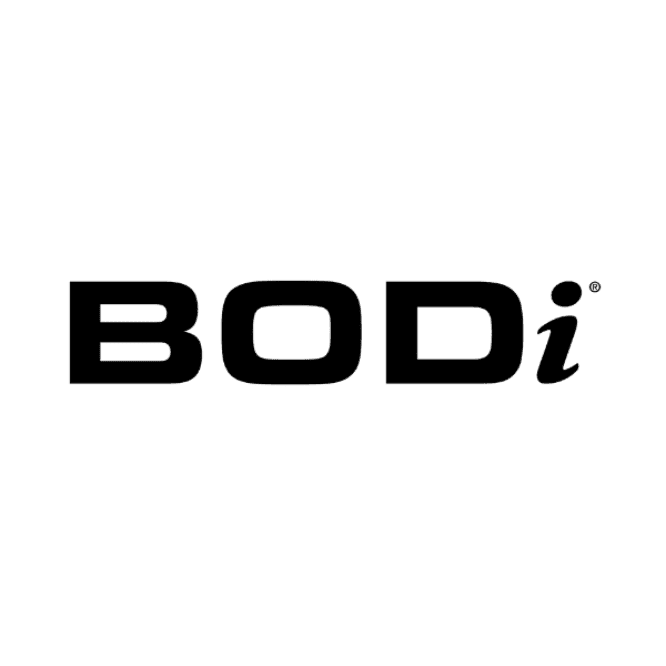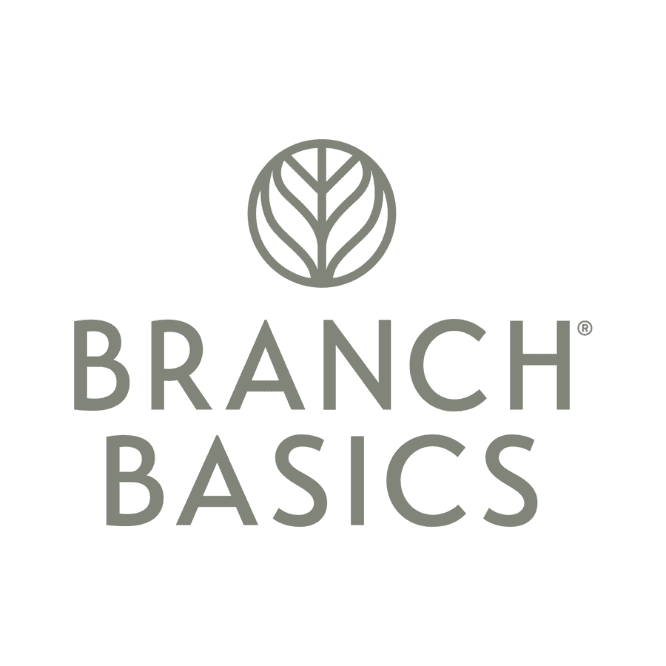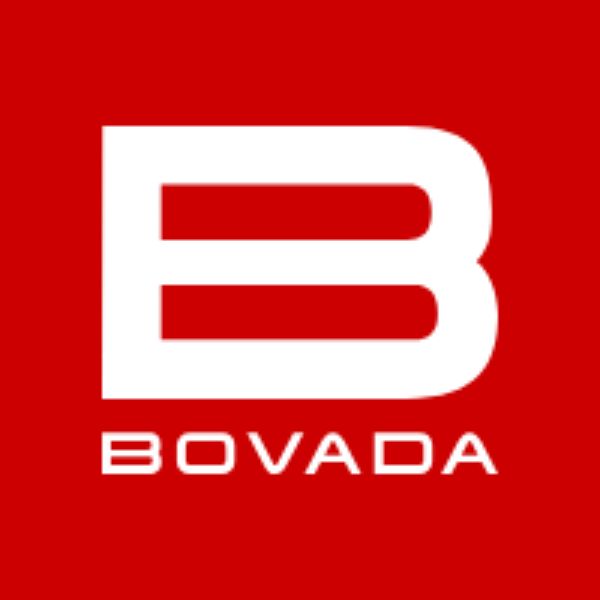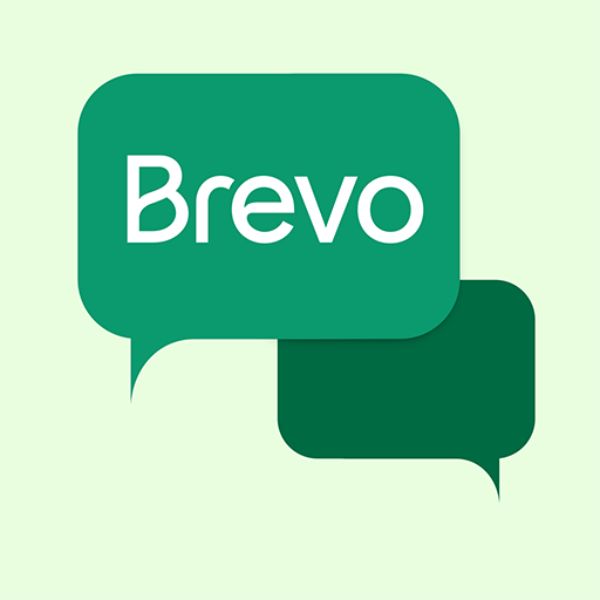About Aura
Aura is a comprehensive digital safety solution designed to protect individuals and families from identity theft, financial fraud, and online threats. Unlike competitors that offer fragmented services, Aura bundles Identity Theft Protection, VPN, Antivirus, Password Manager, and Parental Controls into a single, easy-to-use app. They are known for their “$1 Million Identity Theft Insurance” policy and are frequently rated as a top choice for family digital safety.
Aura Affiliate Program Overview
Aura operates a performance-based affiliate program that allows partners to monetize their traffic by referring users to Aura’s subscription plans.
| Feature | Details |
| Industry | Cybersecurity / SaaS (Software as a Service) |
| Product Type | Digital Safety Subscription (Identity Theft Protection, VPN, Antivirus) |
| Affiliate Program Type | CPA (Cost Per Action/Sale) |
Aura Affiliate Program Offers
Aura provides affiliates with robust tools to track performance and strict guidelines to ensure brand safety.
| Feature | Details |
| Promotional Materials | Banners, Text Links, Landing Pages, Seasonal Creative Assets |
| Affiliate Cookie Duration | 60 Days (Generous window compared to the industry standard of 30 days) |
| Accepted Traffic Sources | Content sites, Blogs, Email Lists, Social Media, YouTube, Review Sites |
| Accepted Countries | Primarily USA (Service requires a US Social Security Number to function) |
| Explicit Content | Prohibited (Strictly forbidden due to family-friendly brand image) |
| Religious or Political Content | Restricted (Generally prohibited in standard agreements to maintain brand neutrality) |
Aura Affiliate Commissions & Payments
The program is highly attractive due to its tiered commission structure, which rewards high-volume affiliates with higher payouts per sale.
| Feature | Details |
| MLM (Multi-Level Marketing) | No (Direct Affiliate Program only) |
| Commission Rate | $65 – $125 USD per qualified sale (CPA) |
| Commission Structure | Tiered:
|
| Payout Frequency | Monthly (Net 30 terms typically apply) |
| Payout Methods | Direct Deposit (EFT), PayPal, Wire Transfer (via Impact) |
| Minimum Payout | $10 USD (Standard Impact Radius threshold) |
Suitable Affiliates for Aura
Aura is a broad-appeal product, making it suitable for a wide range of content creators.
- Bloggers: specifically in the Personal Finance, Parenting, Tech, and Cybersecurity niches.
- YouTubers: Tech reviewers, “True Crime” channels (discussing scams), and Family vloggers.
- Influencers: Lifestyle influencers focusing on “Family Safety” or “Peace of Mind.”
- KOL (Key Opinion Leaders): Cybersecurity experts and financial advisors.
- Livestreamers: Gamers (promoting the VPN/Antivirus aspect to prevent DDoS/doxxing).
- Video Editors: Can create compilations of “Scams to Avoid” and insert Aura as the solution.
- TikTokers: Creators making short content about “iPhone hacks,” “Safety tips,” or “Crazy scam stories.”
Aura Affiliate Software
Aura uses Impact (Impact.com) to manage their affiliate program. This is a third-party SaaS platform known for reliable tracking, detailed reporting, and timely payments. They do not use an in-house proprietary system, which is a benefit for affiliates as Impact provides a transparent dashboard.
3 Alternatives for Aura Affiliate Program
If Aura doesn’t fit your specific audience, here are three major competitors in the Identity Protection space to compare.
| Comparison Factor | Aura | LifeLock (Norton) | IdentityIQ | IdentityForce |
| Average Bill (Cost to User) | Moderate ($12 – $30/mo) | High ($10 – $40+/mo) | Low ($9 – $25/mo) | Moderate ($17 – $24/mo) |
| Entry Fees (for Affiliate) | Free | Free | Free | Free |
| Withdrawal Threshold | $10 | $50 | $50 | $50 |
| Payment Frequency | Monthly (Net 30) | Monthly (Net 60 often) | Monthly (Net 15/30) | Monthly |
| Commission | $65 – $125 CPA | $8 – $110 CPA (Varies wildly by plan) | $35 – $45 CPA | $40+ CPA |
| Conversion | High (All-in-one value proposition) | High (Strong brand recognition) | Moderate (Budget option) | Moderate (Enterprise focus) |
| Marketing Materials | Modern, high-converting LPs | Extensive, but strict compliance rules | Standard banners | Standard banners |











